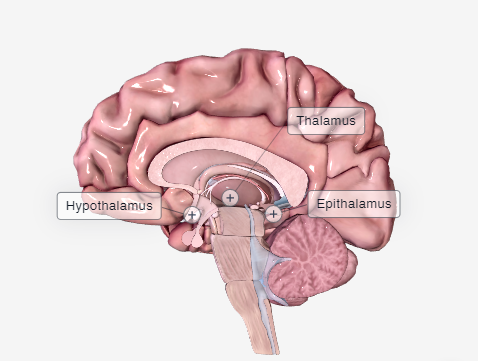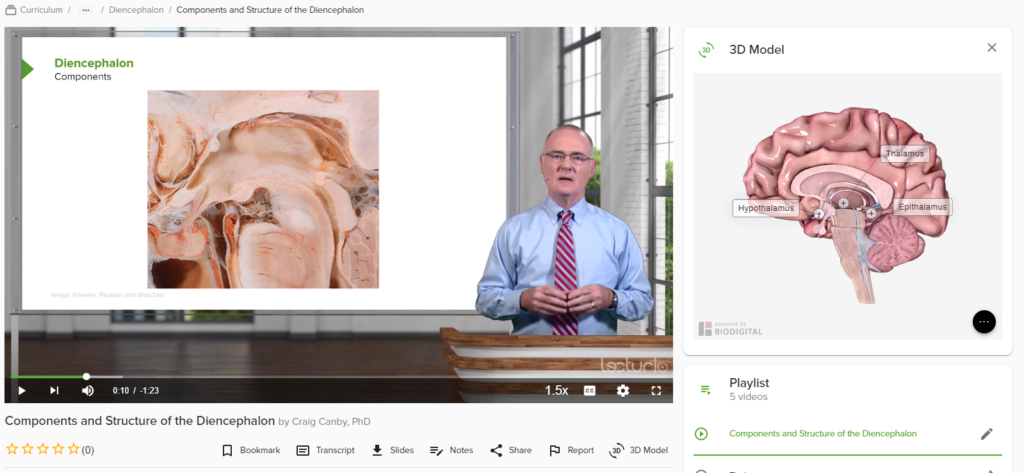3D Models at Lecturio
Always at the forefront of online-based medical education, Lecturio expanded its digital toolkit by introducing high-definition 3D anatomy models. Educating today’s medical students and healthcare professionals requires the use of a mix of content formats: video lectures, online articles, interactive Qbanks and quiz-question libraries utilizing spaced-repetition. Lecturio has now integrated 3D models to this mix – they allow the user to label and highlight individual anatomical features, zoom, pan and dissect in high-definition, and simulate x-rays into the video learning units of their existing anatomy courses. The models can be manipulated while matching videos explain the anatomical features, allowing medical students to immerse themselves in the anatomy of the human body.
Interactive Learning: Improving Learning Outcomes
This new interactive content will help build multiple paths to the understanding and long-term retention of medical knowledge by students. “Interaction is a great tool. One thing about interaction is that it can help you go back and revisit something that you just learned.” says Peter Brown, co-author of the widely acclaimed book Make it Stick. The Science of Successful Learning. His approach is to improve the learning process by not only reading and highlighting, but also by recalling, practicing, and interacting. Lecturio already features an adaptive spaced repetition algorithm and provides short high yield video lectures with some of the best lecturers in the world.
3D Modeling in Action
The 3D models help visualize the human body. Students can rotate the models and zoom into every layer. Every single part is labeled and can be highlighted, isolated and virtually dissected. The new 3D models can be found alongside over 400 anatomy lectures in the Lecturio Curriculum.

